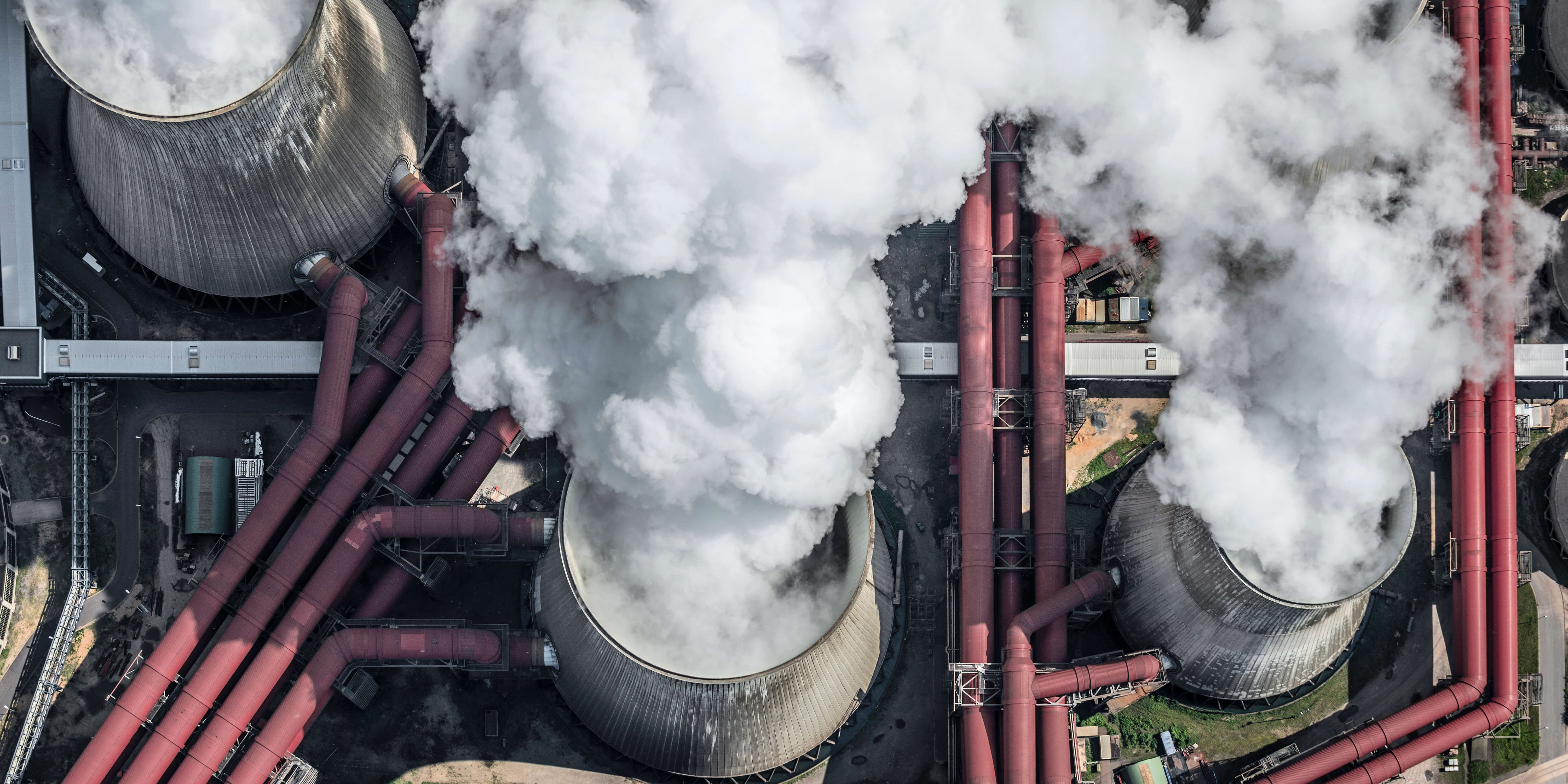18 December 2021
Every year we are losing the soil beneath our feet, but big storms and sustained heavy rainfall such as the current LaNiña event can increase erosion rates by up to 30 times according to soil modelling expert Dr Xihua Yang from the NSW Department of Planning and Environment.
Dr Yang, who worked on NARCliM climate modelling for soil erosion, says there is likely to be increases in both heavy erosive rainfall and hillslope erosion across NSW especially in summer and autumn in the near and far future due to climate change.
Areas along the Great Dividing Range, North Coast and Illawarra regions currently have significant hillslope erosion due to their steep terrains. They are at increased risk into the future due to likelihood of more erosive storm events and during summer months when groundcover is low due to bushfires.
Until recently, land managers have only had long-term average erosion rates for planning that didn’t consider variations in erosion across seasons or regions.
Following the 2019/2020 black summer fires Dr Yang developed a way to model erosion for specific rainfall events such as an east coast low event that threatened to wash sediment into the Sydney drinking water catchment. He said that due to increases in rainfall, in the last year hillslope erosion in the Sydney catchment has been up to 10 times higher than previous years.
Dr Yang and colleagues have recently published new research which provides land managers with new regionally specific information to help them manage current erosion risk. The work sets out hillslope erosion improvement targets setting the upper limit for soil loss in different regions and recommending management actions such as the percentage increase in vegetation cover needed to meet the targets.
Recent news

The latest update to future greenhouse gas emissions projections for all sectors of the NSW economy has been released. This work is helping to track our progress towards net zero.

High school students from across Western Sydney and the Central Coast gathered at Powerhouse Castle Hill for the Future Leaders Forum to explore climate leadership. Presented in collaboration with the NSW Department of Climate Change, Energy, the Environment and Water, the forum brought together students to connect and voice new perspectives on climate change and its impacts.

The NSW Government hosts three events for Climate Action Week Sydney in March 2025